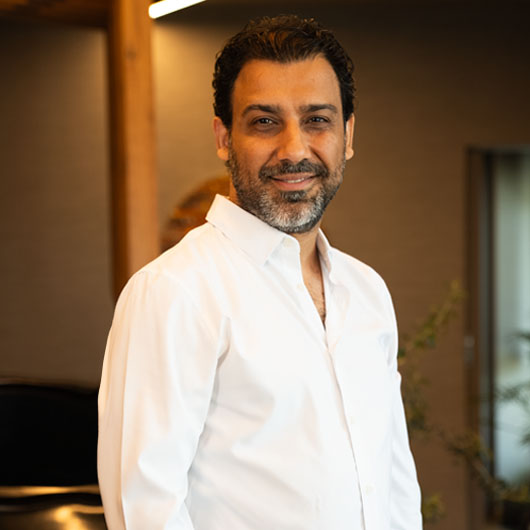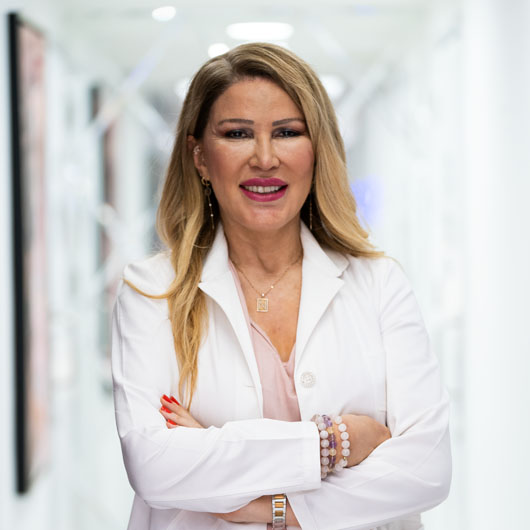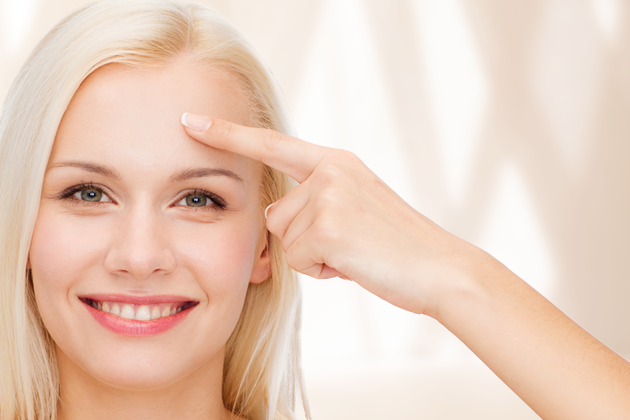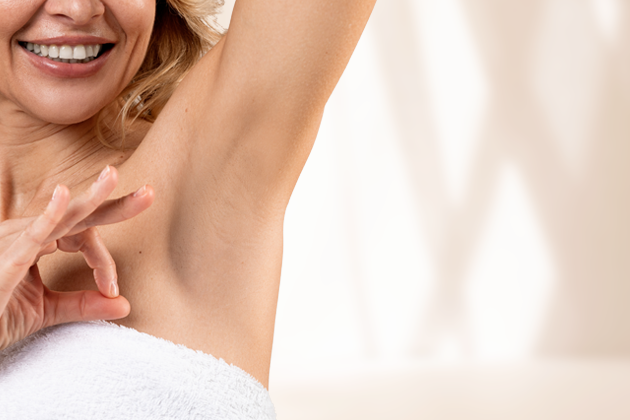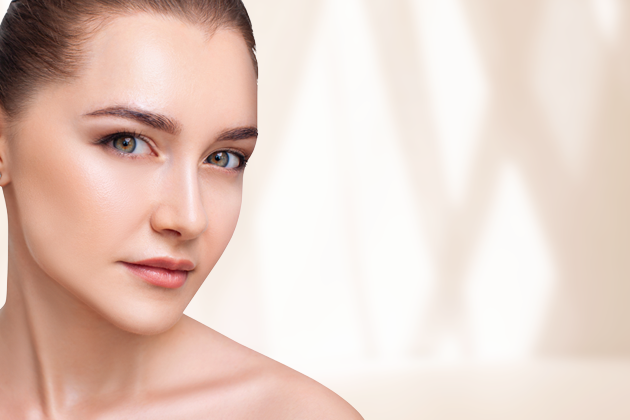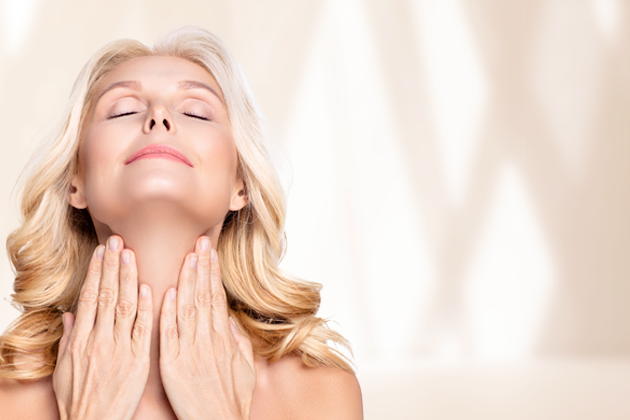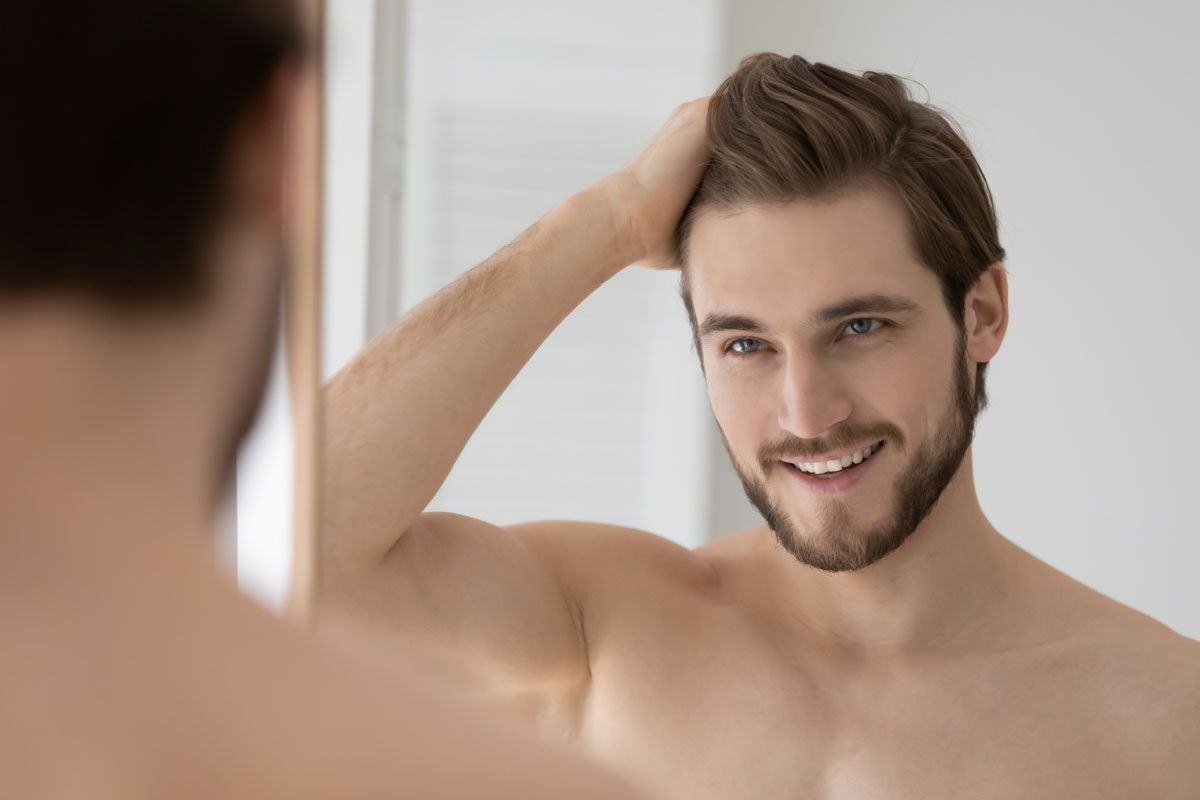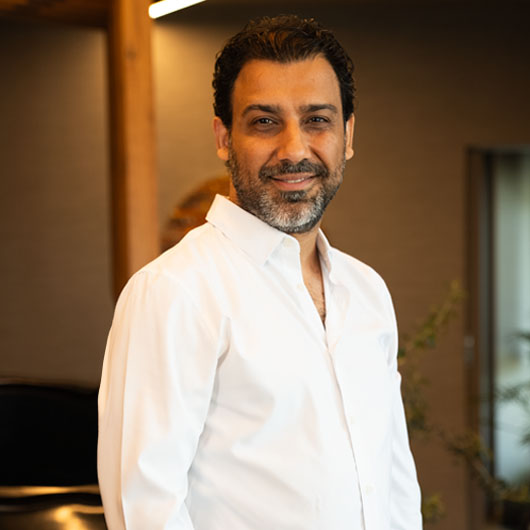Botox Treatments
Botox
Botulinum toxin (Botox) applications are a treatment method offering various applications in both aesthetic and health fields. Commonly used to reduce wrinkles, Botox can also be effective in treating various health issues such as migraine, solving excessive sweating problems, and addressing spastic muscle problems. The application works by temporarily paralyzing muscles, smoothing unwanted facial lines, and alleviating symptoms of specific health concerns.
Botox Treatments
- What Is Botox?
- In Which Areas Is Botox Most Commonly Performed?
- How Is the Botox Performed?
- What Should Be Considered After Botox Treatment?
What Is Botox?
Botox is the trade name of botulinum toxin. Botulinum toxin is generally known as snake venom, but this is false. Botox is a toxin obtained from a bacterium called clostridium botulinum. Functioning at neuromuscular junction and preventing muscle contraction, this toxin is effective in treatment of wrinkles. It also has been used safely around the world for years. If you have a habit of using your facial expressions too much, the muscles will contract and cause wrinkles on the skin over time. These wrinkles can be dynamic or static. Dynamic wrinkles, which appear with movement, can be easily treated with Botox. Static wrinkles, which appear during resting, require filler applications. Many people overuse their facial expressions and these muscle movements cause wrinkles over time.
These dynamic wrinkles that appear with movement can be easily treated with Botox. It is especially preferred for forehead, eye contours, frowning lines, nose wrinkles, neck bands, lip and chin wrinkles. It can also be applied for purposes such as teeth grinding, chin thinning, eyebrow lifting, migraine and sweating.
The application of Botox is completed in a very short time and is usually painless. Small injections are performed to treatment areas and muscle contraction is prevented. So, the old and tired expression on the face disappears. It becomes possible to get a more fresh and vivid appearance.
In Which Areas Is Botox Most Commonly Performed?
- Eye Contour Botox
- Upper Lip (Around Upper Lip) Botox
- Masseter Botox (Chin Botox)
- Forehead Botox
- Glabella Botox
- Neck Botox (Nefertiti Botox)
- Gummy Smile (Smiling Botox)
- Sweating (Hyperhidrosis) Botox
- Migraine Botox
How Is the Botox Performed?
Botox is usually applied by an experienced physician or specialist at clinical or aesthetic centers. The steps of the Botox process are as follows:
- Consultation and Evaluation: At this stage, you can share your wishes and expectations with your physician. Evaluating your face and treatment areas, the physician will decide on the Botox applications that are suitable for you.
- Preparation: Some preparations can be made prior to Botox treatment. First of all, the treatment is sterilized. An anesthetic cream can be applied if necessary. This cream can reduce any discomfort during the procedure.
- Injection: Following the preparation phase, the physician initiates to administer Botox at the predetermined points. The needles are fine and small, so minimal discomfort is usually felt during the procedure. Duration of the procedure may vary depending on the treatment sites and amount of injection. The treatment is usually completed in a few minutes.
- Recovery and Outcomes: After Botox injection, the patients can usually return to daily activities immediately. However, it is important to follow your physician's recommendations. There may be mild swelling, redness or tenderness for the first few days. But these are usually temporary side effects. The Botox shows its effects in time and is usually noticeable within a few days. Results may vary depending on the patient’s particular conditions and the treatment areas. The effect generally lasts 3 to 6 months, which may be longer or shorter depending on the patients.
What Should Be Considered After Botox Treatment?
Botox is a cosmetic treatment method that can be performed in a very short time with no surgical intervention. There is also no recovery process. As it is performed quite simply, the patients can immediately return to their daily lives. Following the procedure, no aftercare is needed, but there are some points to be considered following Botox treatment:
- Position your head straight and keep it up in the first 2 hours following the Botox treatment.
- Keep water contact away from the area on which Botox is applied for 6 hours.
- Avoid inclining for a long time following the procedure.
- Protect the Botox area from external factors. Avoid application that needs contract such as massage in the first 24 hours and refrain from rubbing your skin.
- Avoid alcohol consumption for 2 days after the procedure.
- Protect the Botox area from overheat.
- Thus, avoid environments such as hammam, hot water, sauna and refrain from being exposed to sun.
Doctors
List of doctors under the HOP of the corporation
Blog
You can read our blog posts to get more information about the treatment.
Medical Aesthetic Procedures Preferred for Men
Medical Aesthetic Procedures Preferred for Men
Read More